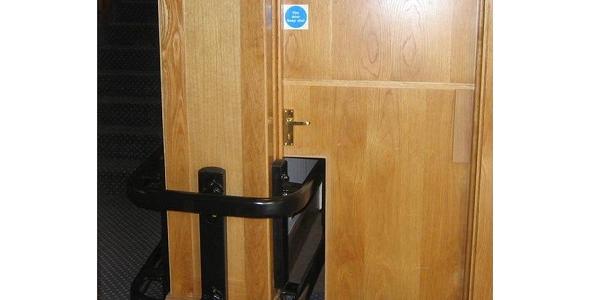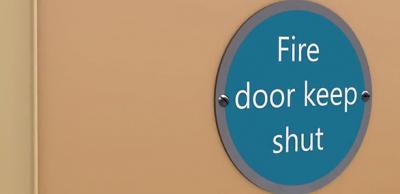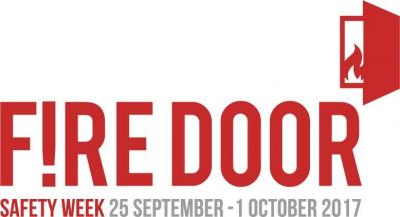How to install a fire door properly (with video)
Fire doors are not ordinary doors, they are a carefully engineered fire safety device and are critical to the fire safety of a building. The correct installation of fire door assemblies and doorsets is fundamental to their overall performance because it will ensure the fire door will remain reliable to its fire integrity rating in the event of a fire and perform as it should.
Correct installation is as important as buying the correct product and it is always worth checking that the construction around the fire door is at least the same rating as the fire door assembly itself.
During the installation of the fire door, check:
- Is the door certificated? The label or plug on the door and frame should identify any certification and provide links to where you can access further information. If not, what information supports that it will actually perform as a fire door?
- Documentation should be provided with the door and this should include fitting instructions – follow them to ensure correct installation.
- Check the frame specification to ensure it matches the door’s fire rating.
- Check the ironmongery specified to ensure it is compatible with the door.
- Correct intumescent seals must be installed with the fire door.
- Ensure any voids between door frame and wall are tightly packed with suitable fire stopping material (e.g. mineral or glass wool).
- DO NOT cut apertures on site, seek professional help – any site alteration may negate any certification that the product has and who is liable for performance.
After installation, check:
- Does the door close soundly against the frame? Are the gaps around the door consistent and less than 3-4mm when closed (use a £1 coin for an approximate check) are there any obvious splits, cracks or chunks missing from the door?
- Ensure the door closes firmly onto the latch from any angle - checking that it closes if opened only a few inches, halfway and from the fully opened position.
- Can you see light through the gap at the bottom of the door? If so, check the door documentation to ensure the maximum clearance has not been exceeded.
- Are there a minimum of three hinges, are they all firmly fixed and are there any missing screws? Does the door assembly call for intumescent pads behind the hinges, if so are they present?
- If in a non-domestic building or common areas in flats, does the door have the relevant signage on it?
Top tips for installing fire doors video
Watch this video for excellent advice on the installation of fire doors from the British Woodworking Federation (BWF).
From time to time you may also encounter a fire door on a job and need to identify whether it is a fire door and what needs to be done to maintain it (or indeed whether it needs to be replaced, there is a range of support available through the Fire Door Safety Week website.
If you found this useful, try these links:
- Approved Document Part B - Fire Safety - and related guidance
- BCA Technical Guidance - Fire doors in dwellings
- How to avoid problems when installing fire doors
- Five Step Fire Door Check poster by the British Woodworking Foundation
- Exploding 15 fire door myths
Please Note: Every care was taken to ensure the information was correct at the time of publication. Any written guidance provided does not replace the user’s professional judgement. It is the responsibility of the dutyholder or person carrying out the work to ensure compliance with relevant building regulations or applicable technical standards.
Sign up to the building bulletin newsletter
Over 48,000 construction professionals have already signed up for the LABC Building Bulletin.
Join them and receive useful tips, practical technical information and industry news by email once every 6 weeks.
Subscribe to the Building Bulletin




Comments
Webmaster note
Submitted 6 years 6 months ago
Sealing
Submitted 4 years 5 months ago
How do you tell if its 10mm deep?
Some guys make sure the Rockwool has a gap of 10mm deep in to the frame, but you could still not push enough in to be 10mm or deeper.
How to make sure its at least 10mm deep?
Lead above fire door
Submitted 4 years ago
His broadband supplier have fitted the broadband hub in the cupboard in the hallway so the lead has to run over the top of the internal fire door. How do I know if this is safe? Thank you.
Add new comment